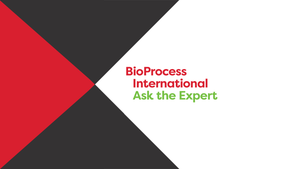February 14, 2025

The US drug manufacturer announced construction plans for Limerick in September 2024, stating that the plant would make active ingredients for biologics, including Lilly’s recently approved Alzheimer’s monoclonal antibody (mAb) Kisunla (donanemab-azbt).
The facility will use hybrid manufacturing, according to Matthew Osborne, associate vice president of manufacturing sciences, who told delegates at the Commercial Biomanufacturing Ireland conference in December 2024 the approach is a better fit for Lilly’s productivity goals than fully continuous models.
“We do not believe that fully continuous facilities provide much benefit,” said Osborne. “There is a lot of talk about end-to-end-continuous manufacturing, but when you start to do the math and the modeling, it does not add up. What adds up is using hybrid systems to really maximize your productivity.”
The hybrid facility uses numerous disposable systems, he said. “Our chromatography columns are parallel, and by using multiple smaller columns and cycling through those in parallel, you can get a lot more productivity from your downstream operations.”
He cited the intensified processes enabled by a hybrid approach among its many advantages, adding “the facilities are smaller so you can build them more quickly. They’re less energy intensive to run because their heating, ventilation, and air conditioning (HVAC) system requirements are lower.”
And, despite their reliance on disposable technologies – which use a significant amount of plastic – hybrid facilities can have a lower environmental impact.
“The other benefit of facilities like this is that they take three to four years to set up, compared with five to six years for a facility that uses stainless-steel technology,” he said. “The bottom line is this will give you greater capacity, more flexibility and lower cost than traditional mAb facilities.”
The Limerick facility – which is on track to produce validation batches in 2026 – will also make extensive use of digital technologies, Osborne said.
“Not only are we moving towards disposal systems, but there will also be no paper in this facility at all from day one. Obviously, there is a massive focus on data integrity, so the more you can automate, the better.”
This story was originally published in BioProcess Insider’s Ireland eBook.
About the Author
You May Also Like




